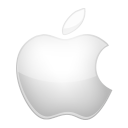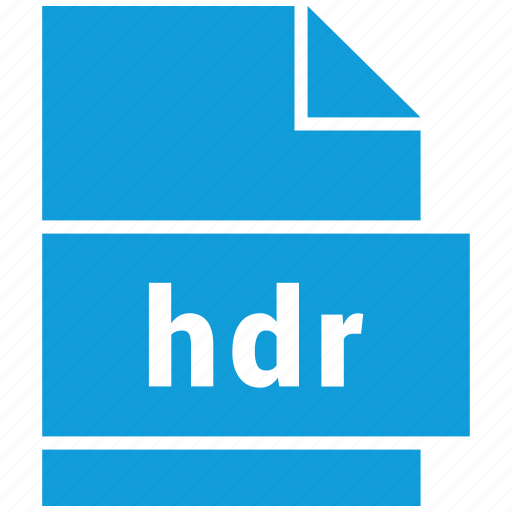
Web Resource
A web resource is any identifiable resource (digital, physical, or abstract) present on or connected to the World Wide Web. Resources are identified using Uniform Resource Identifiers. In the Semantic Web, web resources and their semantic properties are described using the Resource Description Framework.
The concept of a web resource has evolved during the Web's history, from the early notion of static addressable documents or files, to a more generic and abstract definition, now encompassing every "thing" or entity that can be identified, named, addressed or handled, in any way whatsoever, in the web at large, or in any networked information system. The declarative aspects of a resource (identification and naming) and its functional aspects (addressing and technical handling) were not clearly distinct in the early specifications of the web, and the very definition of the concept has been the subject of long and still open debate involving difficult, and often arcane, technical, social, linguistic and philosophical issues.
From documents and files to web resources
In the early specifications of the web (1990–1994), the term resource is barely used at all. The web is designed as a network of more or less static addressable objects, basically files and documents, linked using uniform resource locators (URLs). A web resource is implicitly defined as something which can be identified. The identification serves two distinct purposes: naming and addressing; the latter only depends on a protocol. It is notable that RFC 1630 does not attempt to define at all the notion of resource; actually it barely uses the term besides its occurrence in URI, URL and URN, and still speaks about "Objects of the Network".
RFC 1738 (December 1994) further specifies URLs, the term "Universal" being changed to "Uniform". The document is making a more systematic use of resource to refer to objects which are "available", or "can be located and accessed" through the internet. There again, the term resource itself is not explicitly defined.
From web resources to abstract resources
The first explicit definition of resource is found in RFC 2396, in August 1998:
A resource can be anything that has identity. Familiar examples include an electronic document, an image, a service (e.g., "today's weather report for Los Angeles"), and a collection of other resources. Not all resources are network "retrievable"; e.g., human beings, corporations, and bound books in a library can also be considered resources. The resource is the conceptual mapping to an entity or set of entities, not necessarily the entity which corresponds to that mapping at any particular instance in time. Thus, a resource can remain constant even when its content---the entities to which it currently corresponds---changes over time, provided that the conceptual mapping is not changed in the process.
Although examples in this document were still limited to physical entities, the definition opened the door to more abstract resources. Providing a concept is given an identity, and this identity is expressed by a well-formed URI (uniform resource identifier, a superset of URLs), then a concept can be a resource as well.
In January 2005, RFC 3986 makes this extension of the definition completely explicit: '…abstract concepts can be resources, such as the operators and operands of a mathematical equation, the types of a relationship (e.g., "parent" or "employee"), or numeric values (e.g., zero, one, and infinity).'
Resources in RDF and the Semantic Web
First released in 1999, RDF was first intended to describe resources, in other words to declare metadata of resources in a standard way. A RDF description of a resource is a set of triples (subject, predicate, object), where subject represents the resource to be described, predicate a type of property relevant to this resource, and object can be data or another resource. The predicate itself is considered as a resource and identified by a URI. Hence, properties like "title", "author" are represented in RDF as resources, which can be used, in a recursive way, as the subject of other triples. Building on this recursive principle, RDF vocabularies, such as RDFS, OWL, and SKOS will pile up definitions of abstract resources such as classes, properties, concepts, all identified by URIs.
RDF also specifies the definition of anonymous resources or blank nodes, which are not absolutely identified by URIs.




